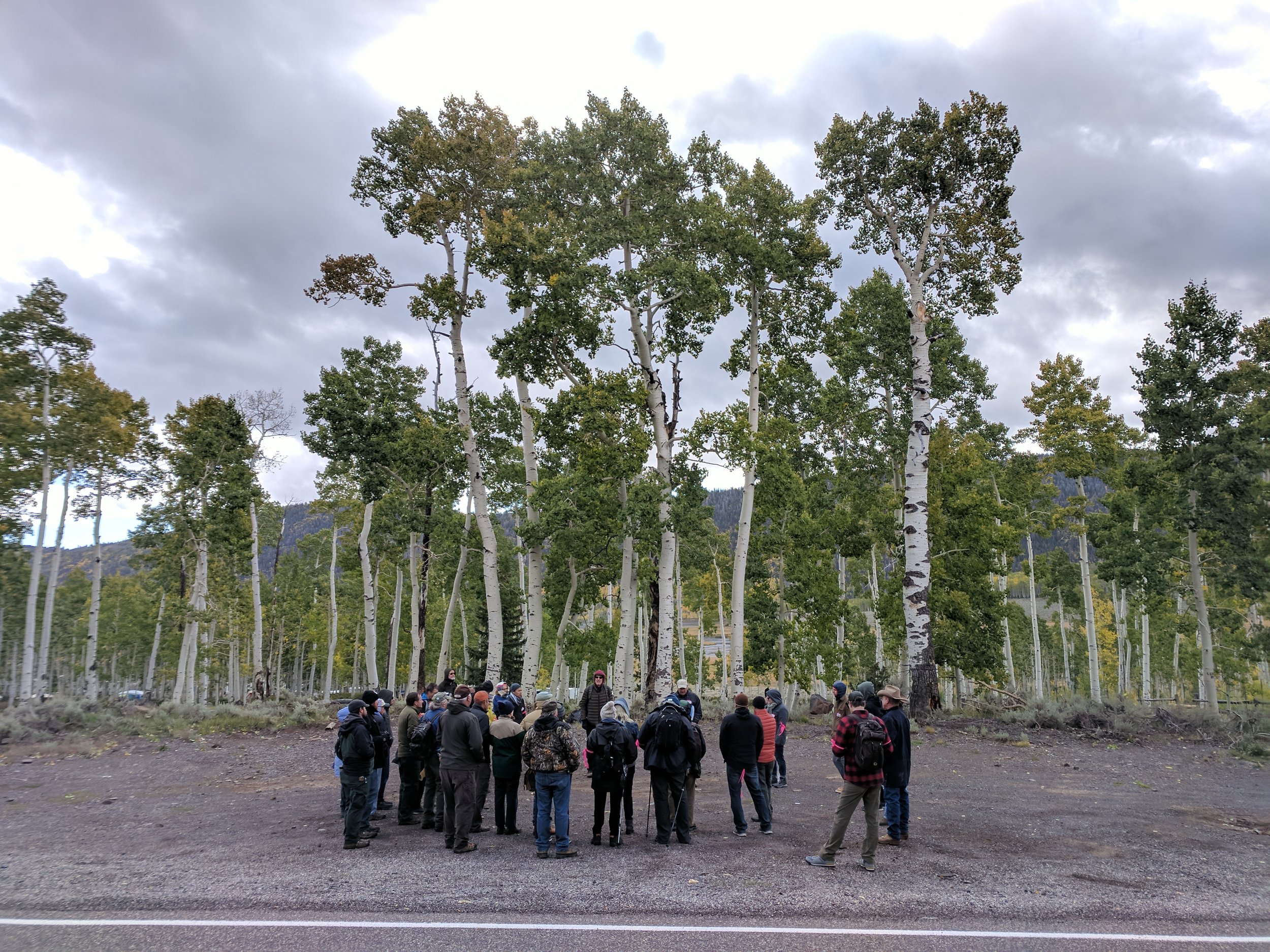What A One-Tree Forest Can Teach Us
The Pando Forest in Utah
This time last week, I was in Fishlake National Forest in Utah. Fishlake is home to Pando, the largest living organism in the world. It’s an aspen grove of 106 acres. When any part of the grove needs nourishment, trees come to its aid. Pretty cool.
Despite surviving countless natural disasters, however, Pando is now under threat from human activities — from cattle grazing, an exploding deer and elk population (due to the elimination of predators), misplaced development, and the impending prospect of radical climate change. Marvelous in its beauty, astounding in its age and extent, Pando is a fitting image of our common life together, now under threat, and our ability to endure.
Learn more here
There were 40 of us taking part in this first-ever Pando convening. A group of disparate people ranging from educators to designers, from scientists to authors, from retirees to recent college grads, people from faith-based organizations from around the country to people who have called the area home for decades.
Roadtrip to Pando was produced by Pando Populus, a non-profit based in Los Angeles that produces education and communications initiatives and events, strategically chosen to help fast-track a more resilient LA County. Pando Populus connects partners from academic, government, faith, business, and activist communities to create positive change in areas the county.
I’ve been working with Pando Populus for about three years now, doing design and strategy work. It’s a non-profit I truly believe in and one with an important mission.
Once arriving at our cabins on Fishlake, we were busy learning more about Pando as well as learning about each other. Conversations ranged from “What do you do?” to “Are you pessimistic or optimistic about the state of the world?”
As co-faciliator on the Pando Populus team, I worked with my good friend and mentor John Bielenberg along wth our buddy Ryan Clifford, to turn these types of conversations and ideas into action.
We split the large group into three smaller groups;
1. A group focused on the Pando aspen grove itself
2. A group focused on LA Country and Pando Populus
3. Bringing the story of Pando to the world
During the 2.5 days we were there, we hiked the grove, learning from Paul Rogers, chief scientist for the Pando clone, as well as meeting a number of local ranchers and National Forest workers. We learn of the complex issues that are present which is resulting in Pando dying.
Among all of this, we each had a common goal— to save Pando, a symbol of unity, of giving, of life.
Both the LA County and Global groups presented their top 5 ideas to the larger group after our last communal dinner of the trip. Designers were on each team, creating images and a pitch deck to highlight and visualize their group’s ideas. This is my favorite part of a workshop, when ideas and conversations come to life—visualized just enough to get the point across so that others can see what’s possible.
We left the Fishlake National Forest on Sunday, exhausted and excited about the future of both the Pando grove as well as Pando Populus. On the four-hour bus trip back to the airport, I processed everything that was discussed; ideas there were shared, thoughts I had throughout my time unplugged with 40 amazing people… all of whom took time out of their lives to share resources, knowledge, and talents towards efforts that will no doubt continue after the trip.
The work I’m doing with The Determined is focused on helping people come up with and launch new approaches that tackle climate change. Not a small task. The people we work with are coming up with crazy, cool technologies, ideas, and systems that have never existed before. So awesome.
But, because these things are new and different, buy-in from others (funders, customers, partners, users, employees) is hard. Things like branding and messaging are key to get the right support to move forward. I couldn’t help but think about this when focused on the Pando workshop.
On the bus trip back, I kept thinking about…
How might we bring these types of global issues to a human level, to make a mom in Long Island to a teen in Kansas understand their place in the world, the resources they consume, and how they interact with one another?
How might we provide opportunities for every human to reconnect with our natural environment and find more effective ways to be caretakers of this planet?
How might we create the conditions for people to know how to, and when to, zoom out of and see the world as a complex system, to see things as being connected in every way, to understand that we are one with every living thing that takes up space on this planet?
How might we create a new narrative for human-kind, moving from an extraction culture to a regenerative one… from ‘doing less bad’ to actually ‘doing good’ for people and planet?
How might we get the wrong doers to admit they fucked up?… and have them pay for what they’ve done?
How might we save this massive, beautiful, and majestic one-tree forest in the middle of Utah as well as learn from it?
My time in the Pando forest and with the 40 people on the trip was an indicator for me that the work that I’m doing is worth pursuing. It’s hard and stressful. I’ve had lots of highs and many lows in pursuing the work I believe I was put on Earth to do—to use my creative talents to help others succeed in solving big, gnarly issues facing our world for the benefit of all living things. Onward.
















